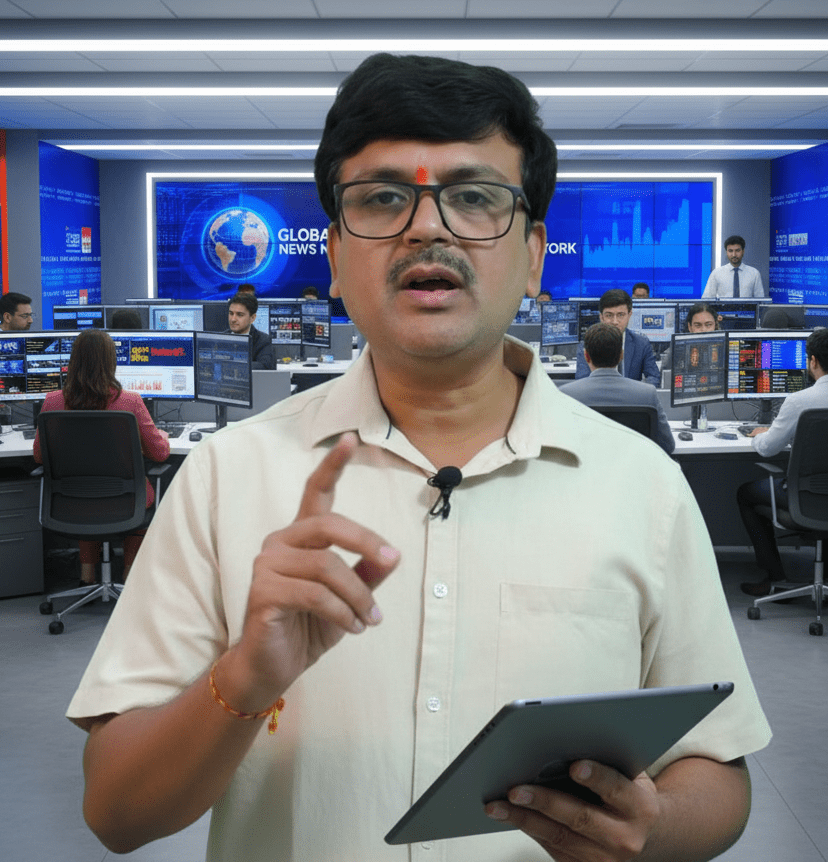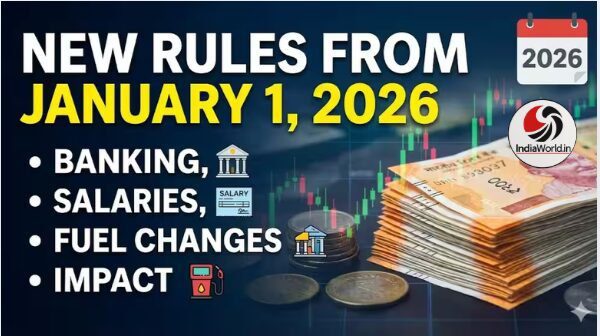Someone needs to tell Donald Trump—India doesn’t bend easily. Despite the former U.S. President’s aggressive tariff hikes and warnings against importing oil from Russia, India has held its ground. Trump’s 50% tariffs and threats over energy deals may seem harsh, but they’re hardly new. America has tried to strong-arm India before, and each time, Indian leaders (Shastri to Modi ) have responded with resilience, putting national interest above all else. Let’s revisit some defining moments that shaped this legacy of defiance:

1965 Food Crisis: Shastri’s Unyielding Spirit
During the India-Pakistan war, India faced a severe food shortage. The U.S. offered wheat under the PL-480 program but pressured Prime Minister Lal Bahadur Shastri to halt the war. President Lyndon Johnson even threatened to cut off supplies. Shastri refused to compromise India’s dignity, famously saying, “Stop the wheat if you must, but we won’t surrender our self-respect.” He urged citizens to skip a meal and launched the iconic “Jai Jawan, Jai Kisan” campaign to boost domestic agriculture.
1971 Bangladesh Liberation: Indira Gandhi’s Resolve
In the 1971 war, the U.S. backed Pakistan and deployed its navy to the Bay of Bengal. President Nixon tried to intimidate India, but Indira Gandhi stood firm. India’s 20-year friendship treaty with the Soviet Union gave it strategic backing. The Indian Army, alongside the Mukti Bahini, defeated Pakistan and helped create Bangladesh—an emphatic rejection of American pressure.

1974 Pokhran-I Nuclear Test: Indigenous Power
India’s first nuclear test drew sharp criticism from the U.S., with Nixon imposing sanctions and launching personal attacks on Indira Gandhi. But she doubled down on indigenous technology, empowering Indian scientists to push forward with the nuclear program and strengthen national security.

1998 Pokhran-II: Vajpayee’s Bold Stand
Under Prime Minister Atal Bihari Vajpayee, India conducted its second nuclear tests. The U.S. and Japan responded with economic sanctions and arms embargoes. Vajpayee remained unfazed, stating that India needed nuclear capability given its neighbors—China and Pakistan. By 1999, the sanctions were lifted, and in 2000, President Bill Clinton visited India to reset ties.
Other Key Moments of Defiance
- 1999 Kargil War: Despite U.S. pressure, India prevailed under Vajpayee’s leadership.
- 2001–2002 Parliament Attack Standoff: Even after diplomatic pressure, India stood firm.
Back to Today: Modi’s Calculated Diplomacy
Trump’s tariff threats and oil import warnings haven’t shaken India. Prime Minister Narendra Modi has made it clear—India will prioritize its energy needs and strategic autonomy. Talks are underway to increase oil imports from Russia, and President Putin is expected to visit India soon. Later this month, Modi will attend the Shanghai Cooperation Organization summit in China, where he’s set to hold key meetings with Presidents Xi Jinping and Vladimir Putin. If these three nations align, many believe it could leave Trump and the U.S. seeing stars.
India’s message is clear: national interest comes first. Always has. Always will.










